Best Strategies for Solving Math Word Problems
Best Strategies for Solving Math Word Problems
Word problems: where math meets mystery and confusion begins. I remember OG Trigonometry equations, especially when trying to figure out the original price of something. We really didn’t sign up for such plot twists in my equations 💀
You read it once—no clue.
You read it again—still lost.
Suddenly, you’re questioning your entire education.
It’s not that you don’t know math—it’s that they speak in riddles!

Let’s face it—math word problems can feel like mini puzzles wrapped in tricky language. You’ve got numbers hiding behind words, stories mixed with equations, and that moment of panic when you're not sure where to begin. But here’s the good news: with the right math word problem strategy, even the most confusing problems start to make sense. Whether you’re a student trying to improve your problem solving skills or a teacher looking for better ways to encourage students, this blog is packed with fun, easy, and practical tips to help you master word problems step by step.
Solving math word problems can feel like decoding a secret message. These problems combine reading comprehension with math skills, asking students to identify what’s being asked, extract key information, and apply the correct operations. Many students feel overwhelmed because word problems can appear long or confusing. However, with the right approach, they’re manageable—and even fun.
Introduction
A strong math word problem strategy turns a jumbled paragraph into a step-by-step puzzle. Whether it’s a question about the original price of an item or the number of apples left after a sale, problem solving strategies make all the difference. By helping students build confidence and develop problem solving skills, we enable them to master word problems for life.
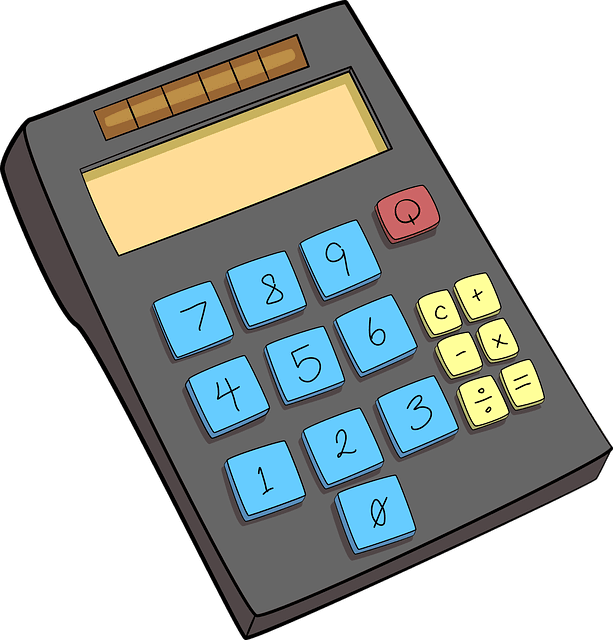
Let's explore proven tips and strategies that turn confusion into clarity, using both visual and logical reasoning. Teachers and parents can use this as a blueprint to helping students learn how to solve word problems and foster a positive attitude toward learning.
"Twice the original cost of what?" Who talks like that?!
But don’t worry, this isn’t another boring math lecture.
It’s a breakdown of what actually works—no fluff, just real strategies.
Because with the right moves, you can absolutely master word problems.
Let’s turn that confusion into confidence—one problem at a time.
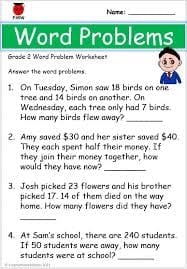
This approach not only builds confidence, but also supports long-term retention of mathematical concepts, ensuring students grow with a positive attitude toward problem solving. When students begin with structured strategies, they're better equipped to process all the important information, write a complete sentence when required, and determine whether their final answer is reasonable. This consistency in strategy helps combat negative thoughts and build new habits based on accuracy and understanding.
A Step-by-Step Math Word Problem Strategy
The key to solving word problems lies in breaking the process down into manageable steps. Students often feel lost because they try to jump straight to the answer without understanding the question. A consistent problem solving strategy gives them a framework they can rely on. First, students must read the problem carefully, then identify all the important information provided.
Teaching students to pause, reflect, and annotate the problem helps them translate words into math. When they understand the context and process, solving math word problems becomes easier and more approachable. Like any skill, practice builds familiarity and confidence.
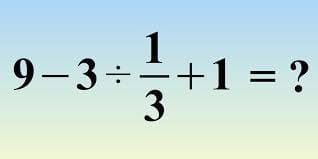
Teachers can reinforce this structured approach by modeling it during class and encouraging students to explain their thinking. This strategy also allows students to recognize patterns, organize their thoughts, and avoid negative feelings when facing a new challenge.
With repeated exposure, they begin to develop new skills and apply logical reasoning more fluently. This not only strengthens their grasp on mathematical concepts but also helps them identify the unknown variable in any given equation and respond with a complete sentence that makes sense in context..
Understand What the Question Is Really Asking
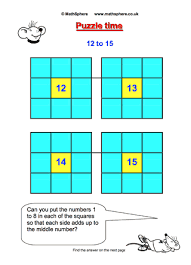
The first step is to read the problem carefully—more than once if needed. Many students jump to calculations without fully grasping what the problem is asking. Teach students to reread the question and underline the final goal. Is it asking for a total?
A difference?
A comparison?
Helping students understand the math word problem carefully is a foundational step. Identifying what is being asked helps students focus their thinking, represent mathematical concepts correctly, and avoid solving the wrong problem. Encourage students to write a complete sentence that answers the question at the end to check if their final answer makes sense. Remind them that not every problem is straightforward—sometimes, they’ll need to analyze all the important information, focus on the unknown variable, and reflect on the strategy used.
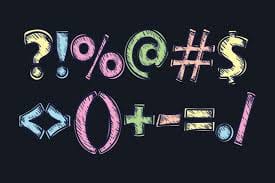
Encourage students to:
Identify the task using a complete sentence
Highlight all the important information
Reframe the question in their own words
Next example:
"Emma bought 3 shirts. Each shirt cost $20. What was the total cost?"
Although students may begin by multiplying, they should first ask: Is the question asking for total cost or original price per item? Understanding the context ensures the answer makes sense.
Identify and Organize All the Key Details

Every math problem contains essential and non-essential data. Encourage students to:
Identify all numbers, units, and keywords
Label what’s known vs. unknown
Look for one unknown variable
Use a table or graphic organizer to sort the given information clearly. This habit strengthens problem solving skills and helps make connections between mathematical concepts.
Example:
If a problem gives the original cost and the discount rate, the student can calculate the final answer by applying the appropriate formula.

Translate Words into Mathematical Concepts
A major challenge in solving math word problems is converting words into operations. This is where reading comprehension meets mathematics.
Teach students how to:
Recognize signal words like “more than,” “difference,” “each,” or “shared equally”
Translate phrases into equations
Understand how to represent ideas like total, remaining, and comparison

One sentence can contain multiple math actions. For example, “Tom had twice as many apples as Sara and gave away 4” involves multiplication and subtraction. Learning to break such sentences down is key to mastering math concepts.
Draw Diagrams or Visual Representations
Visualization is one of the most effective problem solving strategies. When students draw what they read, they engage different parts of the brain, helping them understand the situation better.
Use:
Bar models for comparison
T-charts for organizing values
Diagrams for time-distance or quantity problems
Example:
If a train travels 60 miles in 1 hour, drawing a timeline or bar model helps students understand distance over time. This representation strengthens their understanding of the concept behind the equation.
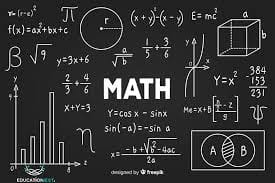
Estimate Before Solving
Before diving into detailed calculations, students should estimate the answer. This ensures that the final answer is reasonable and helps avoid careless mistakes.
Estimation promotes:
A sense of scale
Logical checking
A chance to focus on whether their answer makes sense
Example:
If an item costs $18.99 and a student buys 4, a quick estimate (around $20 x 4 = $80) gives them a benchmark.
Use Logical Reasoning to Fill in the Gaps
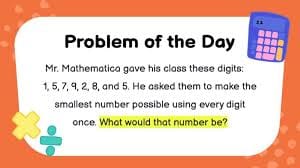
Not all word problems provide everything up front. Challenge students to fill in the blanks using logical reasoning and deduction. Problems may include irrelevant data or require reversing steps.
Teach students to:
Think sequentially
Ask, “What do I know?” and “What do I still need?”
Use strategies from algebraic equations to find missing values
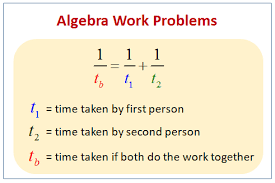
In an equation like x + 4 = 10, students use problem solving steps to isolate the unknown variable, helping them solve and find the answer.
Practice with Templates and Patterns
The more students practice, the better they’ll get at spotting familiar structures. Repeated exposure to templates helps students in class solve problems across various contexts—shopping, travel, budgeting, and other everyday situations.
Types of word problems include:
Percentage and discount problems (e.g., finding the original price)
Distance-time relationships
Ratio and proportion
Algebraic equations
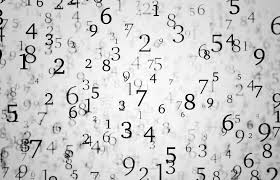
Having a template gives kids a fresh slate every time they begin a new problem—boosting confidence and reducing negative experiences.
Common Mistakes Students Make While Solving Math Word Problems
Understanding math concepts is essential for students to grasp the logic behind problems rather than just memorizing formulas. When teaching how to find the original cost in a word problem, it's important to connect it with real-life examples so students see the practical use of mathematics.
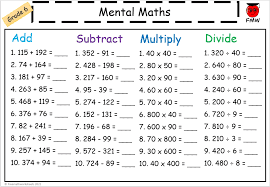
Effective teachers often encourage students to write each step clearly to ensure they understand the process. Reflecting on the past challenges in solving problems helps both students and teachers identify gaps in understanding. When students write down the given information and apply the correct math concepts, it becomes easier to work toward a solution.
Revisiting similar problems from the past can also reinforce learning. Whether calculating discounts or comparing prices, understanding the original cost strengthens their overall grasp of mathematics and prepares them for future applications.
Even when students understand math, they often struggle to solve word problems due to common issues such as:
1) Rushing Without Understanding
Speed often leads to skipping over important information. Students should slow down and begin with careful reading to avoid negative feelings that may arise from rush .
2) Ignoring Units or Labels
If students overlook units like dollars or kilometers, they might miscalculate. Teach them to write units with answers and check whether they make sense.
3) Not Showing Their Work
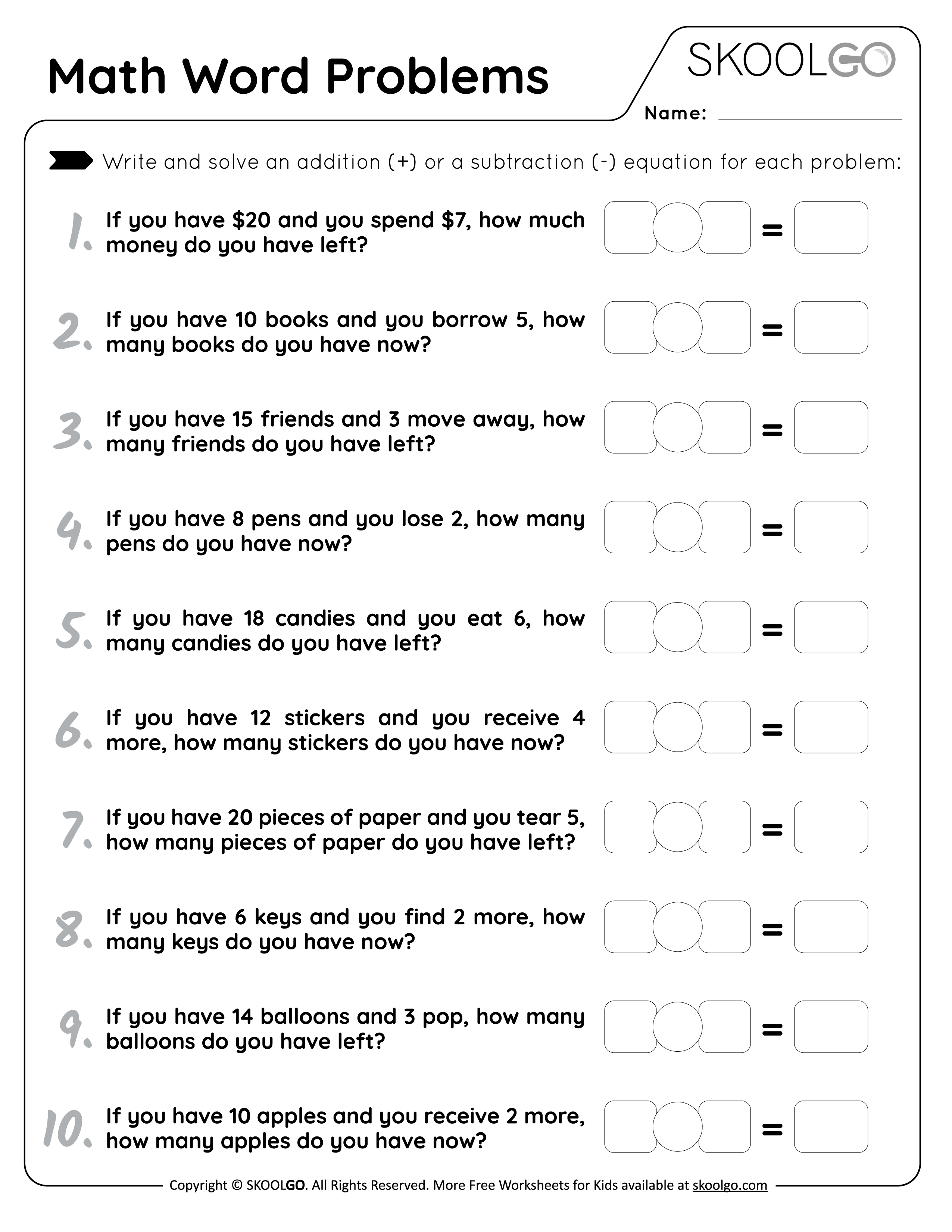
A complete sentence for the final answer, along with clear steps, makes the thinking process visible and allows room for error-checking.
4) Letting Negative Thoughts Get in the Way
Some students internalize failure, telling themselves they’re “bad at word problems.” These negative thoughts block new skills from forming.
Encourage students to replace them with positive thoughts, remind them that mistakes are part of learning, and that teaching a strategy is more powerful than memorizing steps.
Practical Tips for Teaching Math Word Problems in Class
Solving math word problems isn’t just about arriving at the final answer—it’s about building critical thinking, logic, and lifelong problem solving skills.
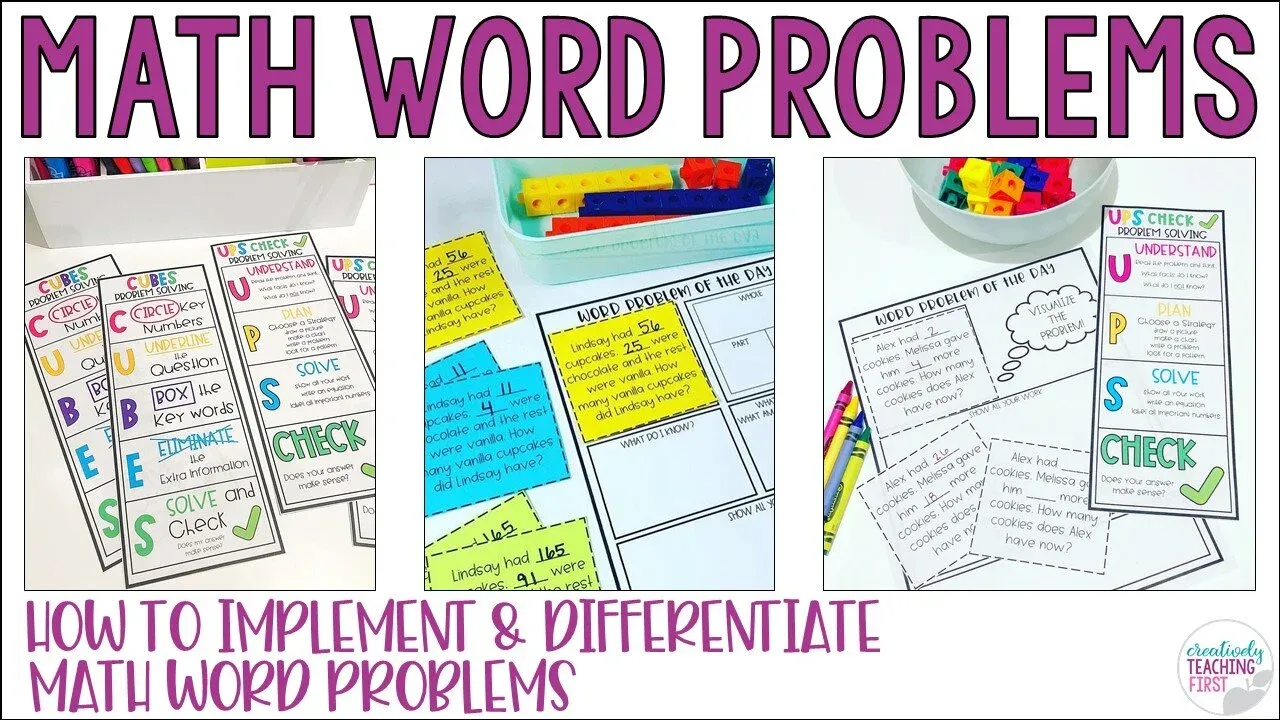
With structured support and consistent practice, students can:
Break problems down
Organize given information
Translate language into math
Draw diagrams
Estimate, check, and reflect
The key is to shift from negative experiences to positive thoughts, helping students see that word problems aren’t a test—they’re a process to be learned and mastered.
So the next time your student sits down with a math word, remind them: they have a strategy, a plan, and all the tools they need to succeed.
Whether you're working in a school class or tutoring at home, here are proven ways to improve word problem instruction:
✅ Teach Strategy Acronyms
Use step-by-step methods like R.U.N.S. or C.U.B.E.S. that remind students to:
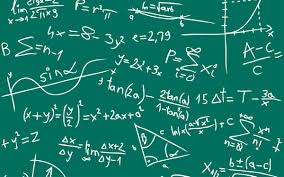
Read the original problem
Underline key details
Name the goal
Solve equations carefully
These tools promote structure and discipline in problem solving.
✅ Relate to Everyday Math
Use everyday situations such as cooking, shopping, and travel planning. These scenarios help students learn the mathematical concepts behind word problems.
✅ Encourage Students to Think Aloud
Have students talk through their reasoning. This verbalizes thinking, supports comprehension, and promotes problem solving skills.
✅ Use Graphic Organizers and Visual Aids
Incorporate charts, tables, and number lines to break down steps visually. This makes it easier to process all the words and extract the important information.
Math Word Problem Strategy – FAQs
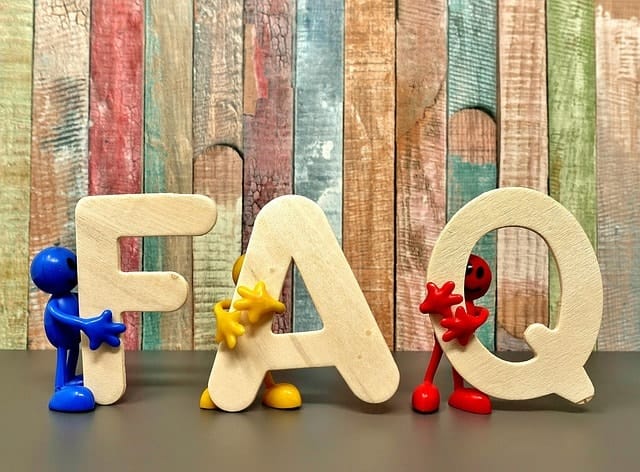
What is the most effective math word problem strategy for beginners?
The most effective math word problem strategy for beginners is using a step-by-step problem solving strategy. It teaches kids how to translate real-life scenarios into equations and represent unknowns clearly. Begin with an easy example and encourage positive thinking. Avoid letting them continue repeating negative thoughts by focusing on their growth. Teach them to write a complete sentence as the final solution. This makes the answer reasonable and helps kids represent their thinking in a structured, confident way.
How can I teach strategies for word problems to younger students?
Use visuals and storytelling to make the problem solving strategy relatable. Start with a simple example—like sharing toys—and guide kids to translate words into math symbols. Encourage them not to continue repeating negative thoughts but instead represent the problem clearly. As students grow, help them express their thinking using drawings or models. This boosts confidence, supports a reasonable answer, and teaches how to identify a valid solution. Kids learn faster when they can connect math to their own lives.
What’s the difference between a strategy for solving word problems and solving equations?
A math word problem strategy focuses on understanding the context, identifying unknowns, and applying a problem solving strategy. Solving equations involves using math operations directly. Word problems require kids to translate information, represent their thinking visually, and connect it to everyday examples. Students must learn to stop continuing repeating negative thoughts when stuck. Instead, guide them to rethink and express a complete solution. This approach ensures their final answer is reasonable and reflects their problem solving skills effectively.
Why are math strategies for solving word problems important in real life?
Word problems mirror real-life situations where kids must find a solution using a logical problem solving strategy. Teaching them to represent and translate information makes it easier to connect math to their lives. A relatable example—like finding the original cost—helps thinking click. Students who continue repeating negative thoughts might struggle, so it’s vital to foster positive thinking. Reinforcing these strategies helps make their answer reasonable, builds resilience, and strengthens the ability to approach future problems with confidence.
How do I help a child who always asks how to solve word problems in maths?
Start by teaching a reliable problem solving strategy. Use one example at a time and guide kids to translate the problem into pictures or steps. Help them avoid continuing repeating negative thoughts and instead focus on positive thinking. Teach them how to represent their ideas using words and visuals. Encourage rewriting the problem in their own way to find a solution. Support them in evaluating if their answer is reasonable so they grow more confident with each problem they solve.
What are some visual math strategies for solving word problems?
Visual tools like bar models and number lines are excellent for applying a problem solving strategy. They help kids represent math situations clearly and translate word problems into manageable steps. Start with a visual example that supports their thinking. If they continue repeating negative thoughts, encourage positive feedback and small wins. Drawing helps express the solution and keeps the answer reasonable. With time, kids grow more confident and independent in tackling math word problems using these visual supports.
Comments
Your comment has been submitted successfully!